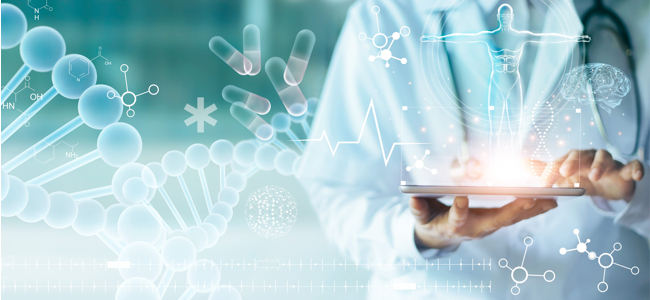A Definitive Guide to DNA

What is DNA?
DNA (short for “deoxyribonucleic acid”) is the hereditary material our cells contain that tells them how to construct and maintain our bodies. Almost all the cells in your body contain DNA, and it contains a sequence of nucleotides (small groupings of sugars, phosphates, and nitrogen-containing bases) that provide instructions on how to build proteins along with other vital functions.
Your DNA stores information strands that are made up of chained nucleotides, which have identical pairs and are formed into a double helix structure (much like a twisted ladder). This double structure is made up of DNA combined from both your mother and your father (as you inherit an equal number of strands from each).
When they’re packed into tight molecules, these DNA strands are known as chromosomes, of which you have 23 from each parent. 22 of these are known as autosomes, and they are responsible for a variety of functions tied to DNA replication. The remaining chromosome defines your biological sex, either with two X chromosomes (for women) or with an X and a Y (for men).
These strands are organized into sequences of four chemical bases: adenine (“A”), cytosine (“C”), guanine (“G”), and thymine (“T”). Your DNA contains over 3 billion of these chemical bases, and you share 99% of them with everyone else on earth. The other 1% is what makes you unique, with variations of existing genotypes called alleles making up the difference.
Your DNA also stores information about you and your ancestry, as it is equally inherited from your parents, who inherited their DNA from their parents, and so on. In this manner, you can trace back your family’s lineage several generations, and in some cases even thousands of years in the past.







